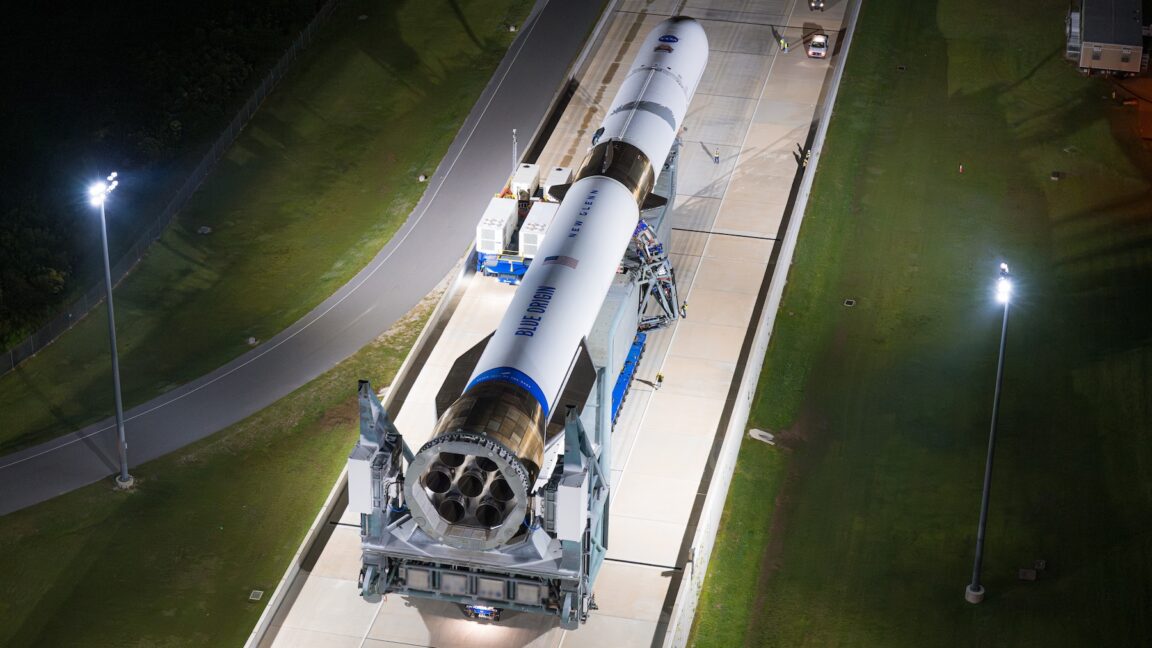
""ESCAPADE is pursuing a very unusual trajectory in getting to Mars,""
""We're launching outside the typical Hohmann transfer windows, which occur every 25 or 26 months. We are using a very flexible mission design approach where we go into a loiter orbit around Earth in order to sort of wait until Earth and Mars are lined up correctly in November of next year to go to Mars.""
ESCAPADE consists of two identical spacecraft launching aboard Blue Origin's New Glenn rocket. The mission missed its planned Mars launch window last year because the launch vehicle was not ready, so analysts designed an unconventional trajectory that inserts the spacecraft into an Earth loiter orbit. The loiter orbit allows the probes to wait until Earth and Mars align in November of next year for transfer. The original plan was a direct transit of six to nine months. ESCAPADE will depart when Mars is over 220 million miles away on the opposite side of the Solar System. New Glenn has far greater lift capacity than required; NASA's payload is about one ton.
Read at Ars Technica
Unable to calculate read time
Collection
[
|
...
]